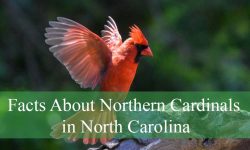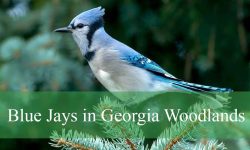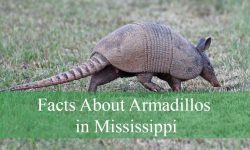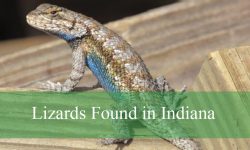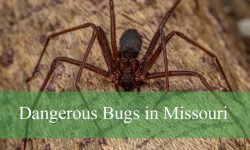Wisconsin boasts an impressive variety of falcon species that thrill bird enthusiasts with their beauty and hunting skills. From the tiny and colorful American Kestrel to the fast and powerful Peregrine Falcon, these birds of prey captivate birdwatchers across the state.
Each falcon species has unique features, behaviors, and habitats that make them special. Some are common residents, while others are rare visitors that show up during migration or unusual weather.
This guide will help you identify six falcon species found in Wisconsin. With pictures and detailed descriptions, you’ll learn where to find them and interesting facts about their lives.
Species of Falcons Found in Wisconsin
American Kestrel (Falco sparverius)
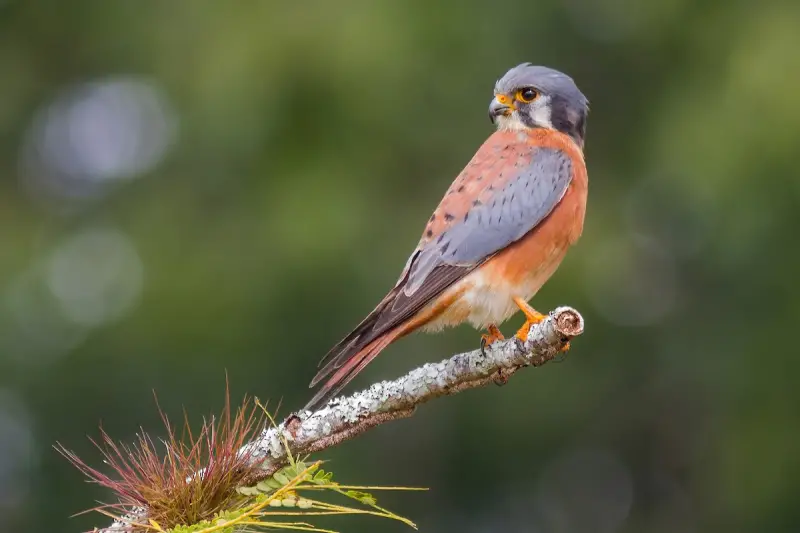
The American Kestrel is the smallest falcon species in North America, measuring about 8 to 12 inches in length with a wingspan of roughly 20 to 24 inches. Its colorful plumage includes rusty-red back and tail, with striking black vertical facial markings resembling a mustache and sideburns. The males often have blue-gray wings, while females tend to be more uniformly reddish-brown. This vibrant coloration makes the American Kestrel quite easy to identify in the wild.
American Kestrels produce a series of high-pitched, sharp calls often described as a “klee-klee-klee” sound. They are known for their distinctive hunting behavior, often hovering in place or perching visibly on wires, posts, or trees as they scan for prey. This falcon is active during the day and demonstrates remarkable agility when hunting, diving swiftly to catch insects, small mammals, or birds.
Their diet mainly consists of insects such as grasshoppers and dragonflies, as well as small rodents and occasionally small birds. American Kestrels prefer open habitats including grasslands, meadows, farmlands, and even urban areas, where they can find plenty of perching spots to hunt. They nest in tree cavities, nest boxes, or abandoned woodpecker holes, adapting well to various environments.
In Wisconsin, American Kestrels are common year-round residents and can be spotted throughout the state. A fun fact about this species is that their hunting technique includes a unique “hover-hunting” behavior where they remain almost motionless in the air before dropping down on prey, a rare trait among falcons. Their beautiful coloration and agile flight make them a favorite among birdwatchers.
Merlin (Falco columbarius)
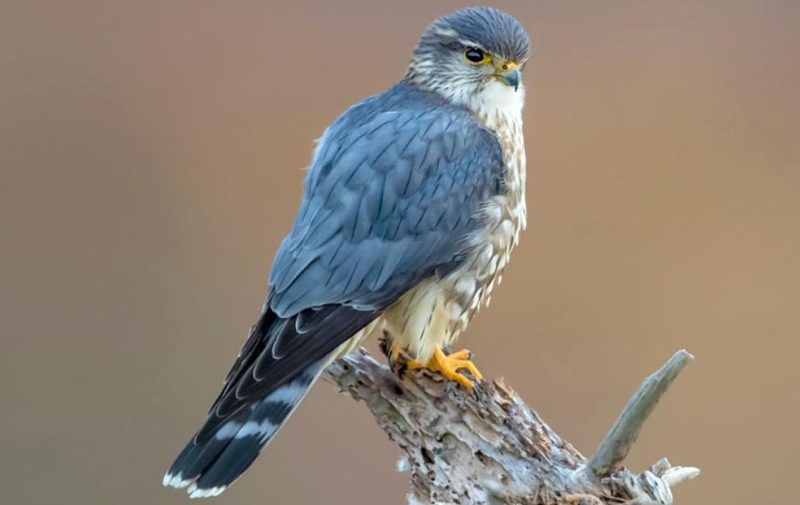
Merlins are small to medium-sized falcons, measuring approximately 9 to 13 inches in length with a wingspan of 20 to 27 inches. They have a compact, robust body with dark streaking on their breast and belly. Their back and wings are slate-gray to brown, and their tail features narrow bands. Merlins’ plumage varies somewhat between males and females, with males generally displaying darker, bluer-gray tones while females appear browner.
Merlins have a distinctive call described as a sharp, rapid “kek-kek-kek” or “klee-klee-klee,” which they use frequently during flight or territorial displays. These falcons are aggressive hunters, known for their fast, powerful flight and high-energy chases to catch small birds. They often pursue prey in tight, twisting aerial maneuvers.
Their diet mainly consists of small songbirds such as sparrows and finches, although they will also take insects and occasionally small mammals. Merlins prefer habitats such as open woodlands, grasslands, and sometimes urban edges. They nest in old crow or hawk nests, usually in trees or on cliffs. Their presence in Wisconsin is especially notable during migration seasons in spring and fall.
A fun fact about Merlins is that they are sometimes called “Pigeon Hawks” due to their speed and ability to catch birds mid-flight. Despite their fierce hunting skills, they are relatively small falcons, which makes their aerial agility even more impressive. Wisconsin birders often spot Merlins in flight during migration when they pass through the state.
Peregrine Falcon (Falco peregrinus)
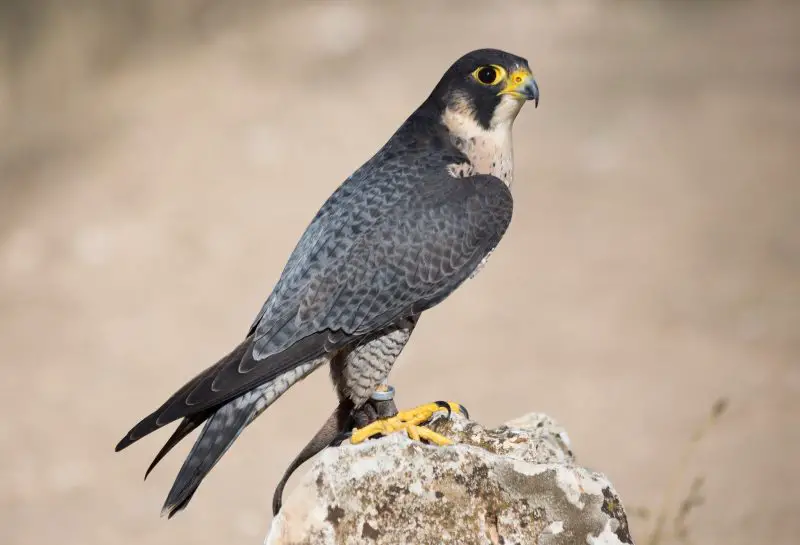
The Peregrine Falcon is a medium to large-sized raptor, measuring about 13 to 19 inches long with an impressive wingspan of 35 to 43 inches. It has a sleek body built for speed, characterized by slate-gray or bluish-gray upperparts and barred white underparts. The falcon’s head features a distinct black “helmet” and bold malar stripes or “mustache marks” on the cheeks, giving it a fierce expression.
Its call is a loud, repeated “kak-kak-kak,” often heard during territorial disputes or courtship flights. Peregrine Falcons are famous for their hunting technique called a “stoop,” a high-speed dive where they can reach speeds over 200 miles per hour, making them the fastest birds on the planet. They use this incredible speed to strike prey mid-air with great precision.
Their diet consists almost entirely of other birds, ranging from pigeons and doves to waterfowl and songbirds. Peregrines prefer nesting on cliffs, tall buildings, bridges, and other high structures that give them a good vantage point for hunting. In Wisconsin, they have made a successful comeback after past declines, now commonly nesting on skyscrapers in cities like Milwaukee and Madison.
A fascinating fact about Peregrine Falcons is that they were once endangered due to pesticide use but have rebounded remarkably due to conservation efforts and captive breeding programs. They are celebrated for their speed, agility, and adaptability to urban environments, making them a spectacular sight for Wisconsin bird enthusiasts.
Gyrfalcon (Falco rusticolus)
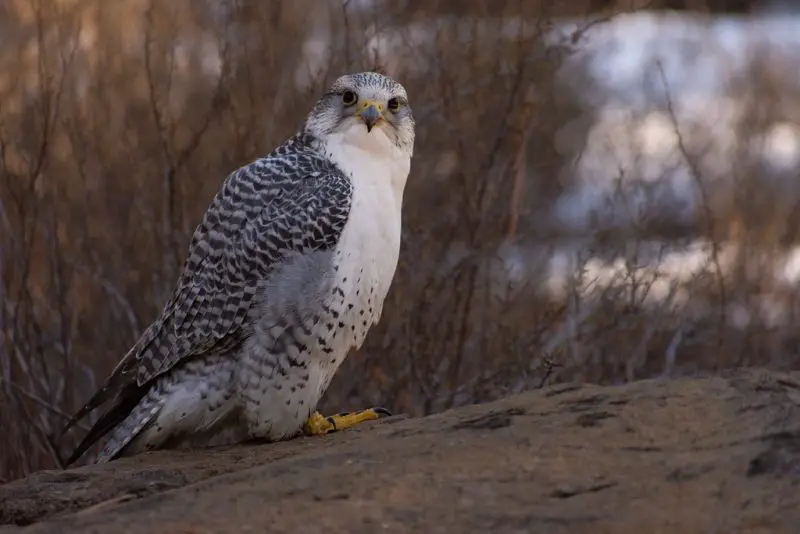
The Gyrfalcon is the largest falcon species in the world, measuring between 20 to 26 inches in length with a wingspan reaching up to 4 feet. It has a robust, powerful body with plumage that can vary from white to dark gray or brown, often with barred patterns. This falcon’s size and strength make it a formidable predator, easily distinguished from other falcons by its bulk and broad wings.
Gyrfalcons have a harsh, guttural call that sounds like a rapid series of “krek-krek-krek” notes. They are solitary hunters, often found soaring high or perched on rocky outcrops, scanning for prey. Their flight is strong and direct, capable of long-distance travel during seasonal movements or harsh weather conditions.
Their diet primarily consists of ptarmigan, waterfowl, and small mammals, which they hunt in tundra and arctic-like habitats. While the Gyrfalcon is native to arctic regions, it occasionally wanders south into Wisconsin during the winter or in years of low food availability, making it a rare and exciting sighting for birdwatchers.
A fun fact about the Gyrfalcon is that it has been historically prized as a falconry bird due to its size, strength, and hunting prowess. Despite being uncommon in Wisconsin, its occasional presence highlights the state’s diverse falcon fauna and offers thrilling opportunities for raptor enthusiasts.
Prairie Falcon (Falco mexicanus)
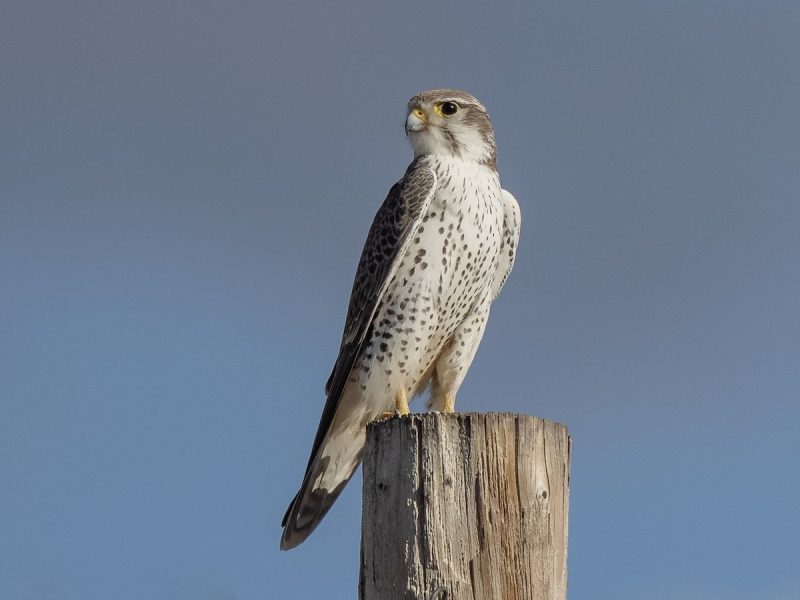
The Prairie Falcon is a medium-sized falcon, about 15 to 20 inches long with a wingspan ranging from 3 to 3.5 feet. It has a pale brown to grayish plumage with distinct dark markings on its face resembling a mustache and a white patch on the back of its neck. Compared to other falcons, it has a somewhat stockier build and broader wings suited for soaring over open landscapes.
Prairie Falcons produce a rapid, shrill “kree-kree-kree” call often heard during flight or when defending territory. They are agile hunters, using a combination of fast pursuit and surprise attacks to catch small mammals and birds on the open prairie. Their flight is characterized by rapid wing beats interspersed with soaring glides.
This falcon prefers open habitats like grasslands, deserts, and prairies, which are more common west of the Mississippi River. In Wisconsin, Prairie Falcons are rare visitors, usually spotted during migration or when wandering outside their typical range. Their diet includes rodents, rabbits, and small birds, reflecting their adaptation to open, arid environments.
A fun fact is that the Prairie Falcon is known for its remarkable stamina and ability to hunt in harsh, dry conditions. Though uncommon in Wisconsin, its occasional appearances add to the richness of the state’s raptor diversity and inspire birders to watch the skies carefully.
Crested Caracara (Caracara plancus)

The Crested Caracara is a large and striking falcon-like bird, measuring about 20 to 24 inches in length with a wingspan close to 4 feet. It has black and white plumage with a distinctive crest on its head, orange facial skin, and a strong hooked beak. Unlike typical falcons, Caracaras often walk on the ground, showcasing their unique behavior among raptors.
Their vocalizations include harsh, raucous calls that sound like “kaa-kaa-kaa,” which they use to communicate with mates or signal alarm. Crested Caracaras are opportunistic feeders and highly social birds, often seen scavenging carrion but also hunting small reptiles, insects, and rodents. Their behavior combines flying, walking, and scavenging in open habitats.
In Wisconsin, Crested Caracaras are very rare and usually considered accidental visitors from their usual range in the southern United States and Central America. They prefer open grasslands, savannas, and semi-arid environments, which makes their presence in Wisconsin quite unusual and noteworthy.
A fun fact about the Crested Caracara is that it is sometimes called the “Mexican Eagle” due to its striking appearance and status as a national bird in some Latin American countries. Its rare sightings in Wisconsin excite birdwatchers and highlight the state’s occasional brush with exotic raptor species.
FAQs about Falcons in Wisconsin
What falcon species can be found in Wisconsin?
Wisconsin is home to six falcon species: American Kestrel, Merlin, Peregrine Falcon, Gyrfalcon, Prairie Falcon, and the rare Crested Caracara. The first three are more commonly seen, while the others are rare visitors or accidental sightings.
When is the best time to see falcons in Wisconsin?
The best times to observe falcons are during migration seasons in spring and fall. Some species, like the American Kestrel, can be spotted year-round, while others such as the Gyrfalcon and Prairie Falcon are mostly seen in winter or during unusual weather events.
What habitats do falcons prefer in Wisconsin?
Falcons inhabit a variety of habitats depending on the species. American Kestrels favor open fields and urban areas, Merlins prefer woodlands and grasslands, while Peregrine Falcons nest on cliffs or tall buildings. Rare falcons like the Prairie Falcon prefer open prairies, and the Gyrfalcon is typically found in colder, tundra-like environments.
How do falcons hunt their prey?
Falcons are agile hunters using speed and keen eyesight. For example, Peregrine Falcons perform high-speed stoops to catch birds mid-air, while American Kestrels hover or perch to spot insects and small mammals. Each species adapts its hunting technique to its environment and preferred prey.
Are falcons protected species in Wisconsin?
Yes, most falcon species in Wisconsin, including the Peregrine Falcon and American Kestrel, are protected under state and federal laws. Conservation efforts have helped some species, like the Peregrine Falcon, recover from previous declines caused by pesticides and habitat loss.
Can I attract falcons to my property?
While you cannot easily attract falcons like smaller birds, providing open spaces, tall perches, and nesting boxes suitable for species like the American Kestrel may encourage them. Avoid disturbing nests and support local conservation efforts to help maintain falcon populations.


